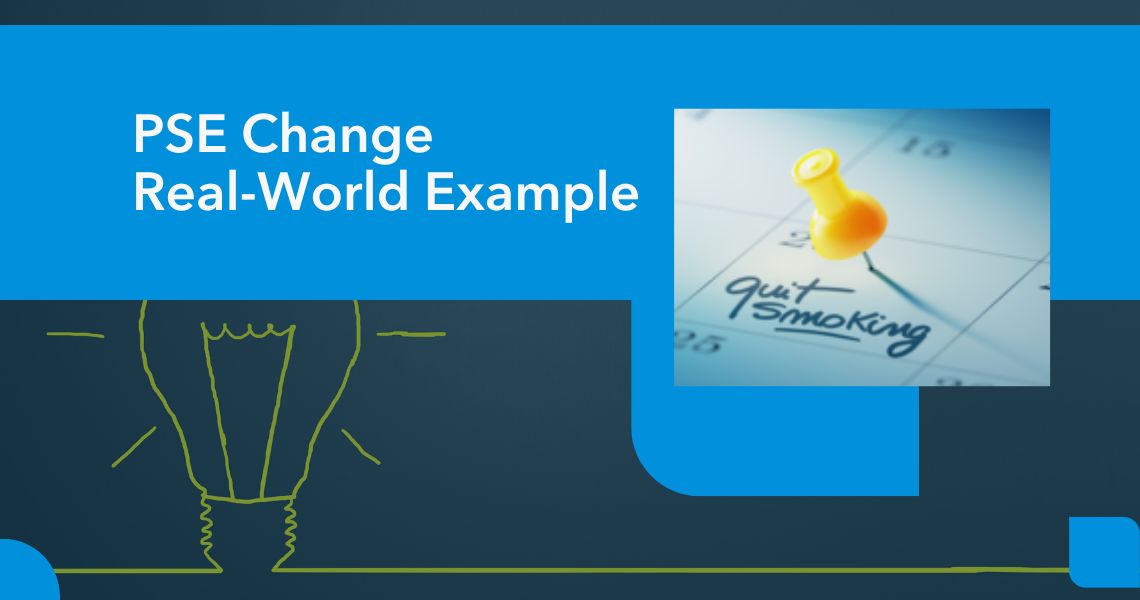Problem: Before implementation of this project, the State Tobacco Quit Line had been accessed by less than 0.5% of estimated tobacco users in Central Oregon.1 In addition, provider referrals to the Quit Line were made by fax.
PSE Change Solution: Research suggests that e-referral systems significantly increase the percentage of tobacco users referred to quit lines and illustrates the benefit of incorporating a “closed loop*” interface.2,3,4 Accordingly, the Oregon Health Authority, Public Health Division (OHA-PHD) used data to identify the largest impact for the EHR improvement, and to track patient referrals, Quit Line utilization of services, and patient outcome reports. OHA-PHD also convened partners to identify roles, responsibilities and resources and to align on a shared goal to implement the PSE change. Partners involved in this initiative included numerous private, state and local entities. As a result of their work, Quit Line referrals increased over 4,000% between August 2017 and January 2018.
*In a closed loop referral, a health care provider refers a patient to a quit line electronically, and then the outcome of the referral is sent from the quit line back to the referring provider, automatically importing any related medications in the electronic health record (EHR).2
1Oregon Health Authority. (2016). Oregon Quit Line. Unpublished data.
2Adsit, R. T., Fox, B. M., Tsiolis, T., Ogland, C., Simerson, M., Vind, L. M., & Fiore, M. C. (2014). Using the electronic health record to connect primary care patients to evidence-based telephonic tobacco quitline services: A closed-loop demonstration project. Translational Behavioral Medicine, 4(3), 324-332. doi: 10.1007/s13142-014-0259-y
3Boyle, R., Solberg, L., & Fiore, M. (2014). Use of electronic health records to support smoking cessation. Cochrane Database of Systematic Reviews, (12) CD008743. doi: 10.1002/14651858.CD008743.pub3
4Greenwood, D.A., Parise, C.A., MacAller, T.A., Hankins, A.I., Harms, K.R., Pratt, L.S., . . . Buss, K.A. (2012). Utilizing clinical support staff and electronic health records to increase tobacco use documentation and referrals to a state quitline. Journal of Vascular Nursing, 30(4), 107–111. doi: 10.1016/j.jvn.2012.04.001
Resources to Support Similar Evidence-Based Initiatives
The Community Guide:
• Tobacco Use: Quitline Interventions
Evidence-Based Cancer Control Programs:
• Clinical Effort Against Secondhand Smoke Exposure (CEASE)
What Works for Health:

